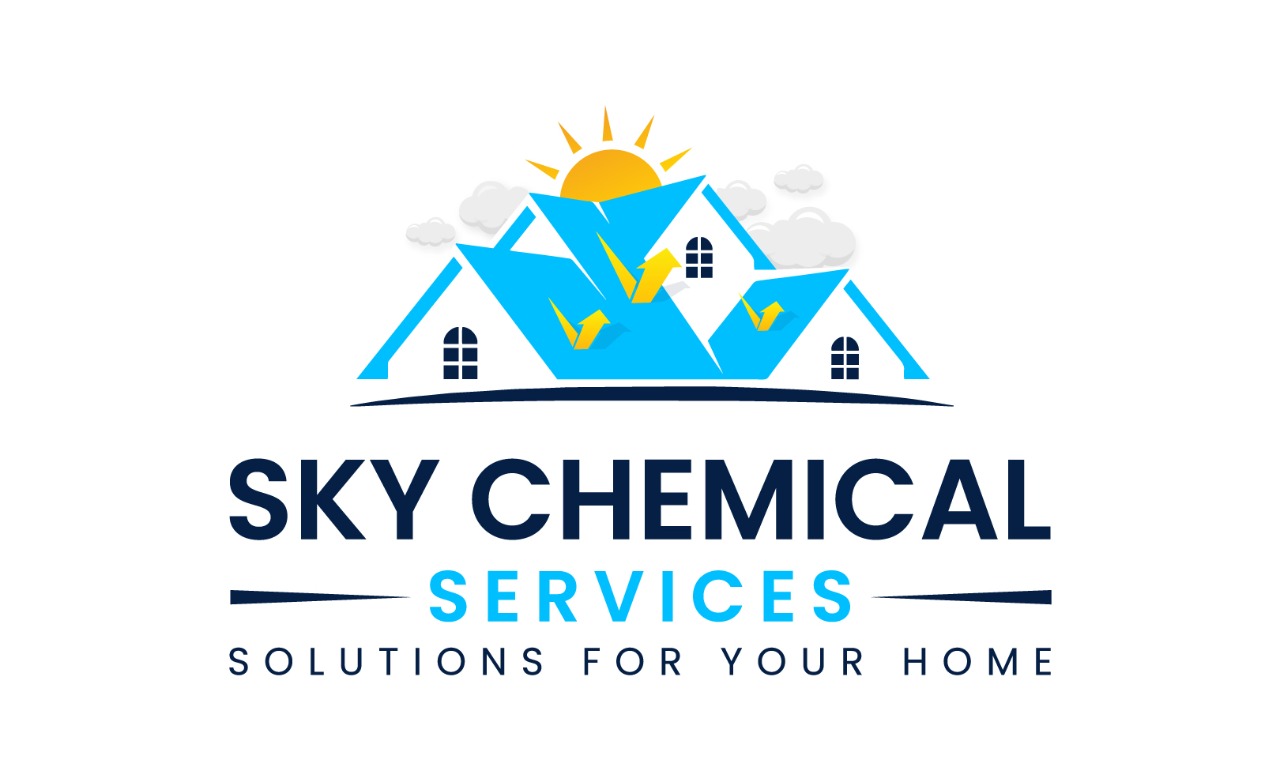Waterproofing is a scientific prodigy that has altered the protection of surfaces, such as roofs, basement, foundation, etc. from water ingress. Whether it’s a raincoat that keeps us dry during a downpour or a building’s foundation shielded from water ingress, the science behind waterproofing is intricate and fascinating. Protect your home with our expert roof waterproofing Company. Trust our experienced team for reliable and long-lasting results. In this blog, we will delve into the underlying principles and advancements that makes the process effective for residential and commercial purposes.
Understanding the Basics
At its core, waterproofing is the process of protecting surfaces from water penetration. A barrier is created (liquid or sheet membranes) that prevents water molecules from passing through. The two primary methods are hydrophobic coatings and physical barriers.
Read More
Is Waterproofing Necessary After Laying the Foundation?
Which Cement is Used for Roof Treatment?
What is Crystalline Waterproofing? How is it Applied?
Hydrophobic Coatings
Hydrophobic coatings alter the surface properties of a material to ensure water-resistance. Different substances are applied to reduce the surface tension of water, causing it to bead up and roll off the surface. Common hydrophobic materials include silicone-based compounds and fluoropolymers. These coatings are used in textiles, electronic devices, and construction materials to safeguard against water damage.
Physical barriers, on the other hand, involve the use of impervious materials that obstruct the passage of water. Membranes, made from bitumen, rubber, or synthetic polymers are utilized to create watertight seals. In applications such as roofing and underground structures, these barriers serve as a formidable defense against water infiltration.
Advancements in Waterproofing Technology
Significant advancements have taken place in recent years, driven by the need for more durable and efficient solutions. Nanotechnology has emerged as a game-changer in this field, offering innovative ways to enhance the waterproofing capabilities of materials.
Nanoparticles, for instance, can be incorporated into coatings and membranes to improve their performance. For instance, nanoclay particles can reinforce polymer membranes, making them more resistant to water penetration. Nanotechnology allows for a higher degree of precision in tailoring material properties, enabling the development of super hydrophobic surfaces that resist water with high efficiency.
Read More
How to Waterproof Foundation Cracks?
Four Common Reasons for Leaking Balconies
How to Waterproof Your Walls?
In addition to nanotechnology, researchers have explored biomimicry as a source of inspiration for waterproofing solutions. The lotus leaf, known for its ability to repel water, has served as a model for the development of water-resistant coatings. Mimicking the microstructure of the lotus leaf has led to the formation of surfaces that repel water and resist contaminants like dirt.
Applications of Waterproofing: Roof Waterproofing Company
Waterproofing is applied in various industries like leather, fabric, and cement to protect structures from mold and decay, restrict seepage, and enhance aesthetics. Waterproofing membranes, coatings, and sealants are extensively used in basements, roofs, and foundations to ensure durability.
In the automotive industry, advancements in waterproofing contribute to the development of reliable vehicles. Electronic components, particularly those in modern electric vehicles, are susceptible to water damage. Waterproof coatings and seals play a pivotal role in safeguarding water-prone components in tough weather conditions.
Outdoor and recreational industry also relies on waterproofing technologies. From hiking boots to tents, outdoor gear needs to withstand various weather conditions. Waterproof membranes and coatings provide necessary protection to keep it dry and comfortable during outdoor activities.
Environmental Impact & Sustainability
As the prominence of waterproofing continue to surge, so does the awareness of its environmental impact. Several waterproofing materials, such as polymers and bitumen, have adverse effects on the environment. Researchers and manufacturers are exploring different alternatives to reduce the ecological footprint of waterproofing solutions.
Biodegradable coatings, plant-based materials, and eco-friendly polymers are being developed as environmental-friendly alternatives. These innovations offer efficiency while minimizing the environmental impact throughout the life cycle of the products.
Waterproofing is a multifaceted field that combines materials science, chemistry, and engineering to create long-lasting solutions. From nanotechnology to biomimicry, the additions continue to push the boundaries. As we unveil the science behind waterproofing, it becomes clear that the technology is not essential for practical applications but also holds the potential to contribute to a more sustainable and resilient future. Our roof waterproofing company will never disappoint you.
Connect with Sky Chemical Services for best outcomes!
